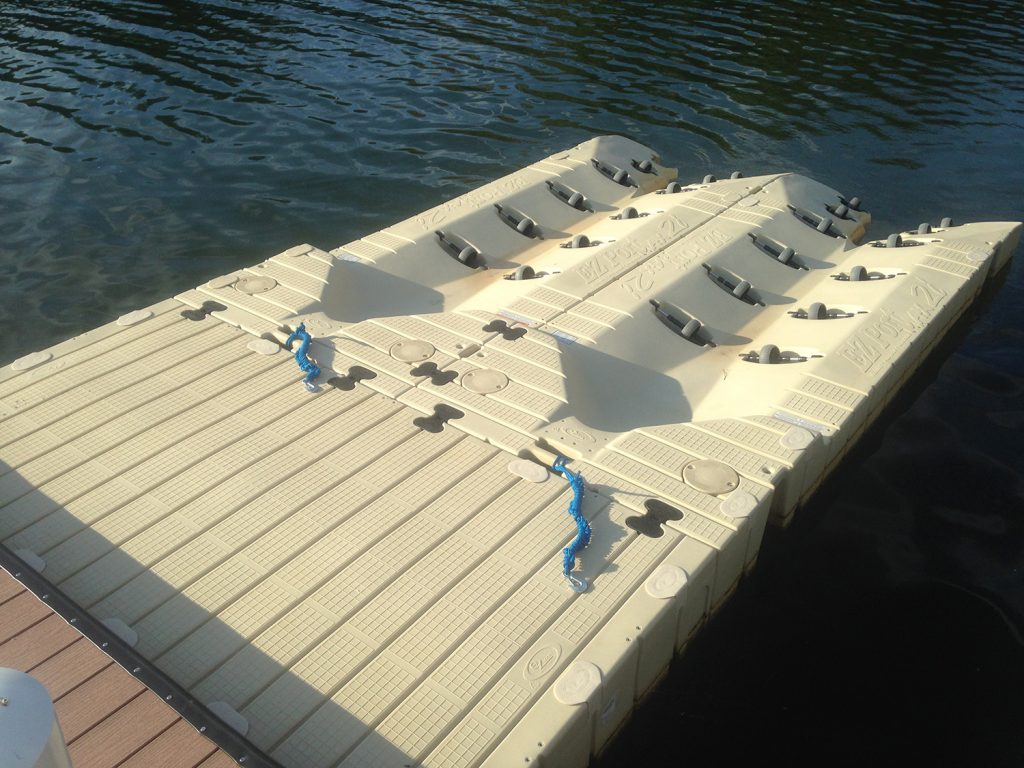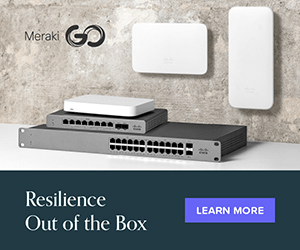Floating jetties offer a high degree of versatility compared to traditional floating docks, making them an increasingly popular choice for waterfront properties, marinas, and recreational areas. One of the key benefits of floating jetties is their ability to adjust to changes in water levels, which is particularly advantageous in areas prone to tides, flooding, or fluctuating water conditions. Unlike traditional fixed docks, which are anchored to the shore and remain at a constant level, floating jetties are designed to move up and down with the water, ensuring a more stable platform regardless of the rise and fall of the water level. This dynamic adaptability means they can be used year-round, providing consistent access to boats, kayaks, or personal watercraft even during high tides or storm surges. Another advantage of floating jetties over traditional docks is their construction. Floating jetties are typically made using modular systems, which allow for easy expansion, modification, or relocation.

This flexibility makes them ideal for both short-term and long-term uses. If you need to change the layout or extend the jetty for larger boats or more space, you can simply add additional modules without the need for major construction work. On the other hand, traditional floating dock, which often involve fixed pilings and complex materials, can be expensive and labor-intensive to modify once built. In terms of design, floating jetties offer a more contemporary and sleek look compared to traditional docks. They are available in a range of materials, from concrete to eco-friendly options such as recycled plastic, allowing for both aesthetic appeal and functionality. Floating jetties can also be designed with greater customization in mind. Whether it is adding railings, lighting, or integrated seating, these jetties can be tailored to suit the specific needs and preferences of users. Traditional docks, while durable, are typically more limited in terms of customizable features.
Floating jetties also provide enhanced safety features compared to traditional floating docks. Their smooth, even surfaces and low-profile design make them easier to navigate, especially for individuals with mobility challenges. The absence of sharp edges or complex structural components reduces the risk of accidents, and the buoyancy ensures that even if water levels shift drastically, the jetty will maintain a level platform for safe access. Additionally, floating jetties are less prone to damage from debris or harsh weather conditions, as their flexible construction allows them to absorb impact without sustaining significant harm. Finally, hiseadock are environmentally friendly. Many modern designs incorporate eco-conscious features, such as materials that resist algae growth or minimize environmental disruption. Their ability to float without the need for large-scale pilings reduces the impact on the marine ecosystem compared to traditional docks, which can disrupt local aquatic habitats. Overall, the versatility, customization, safety, and environmental benefits of floating jetties make them a superior option compared to traditional floating docks, especially in dynamic waterfront environments.


